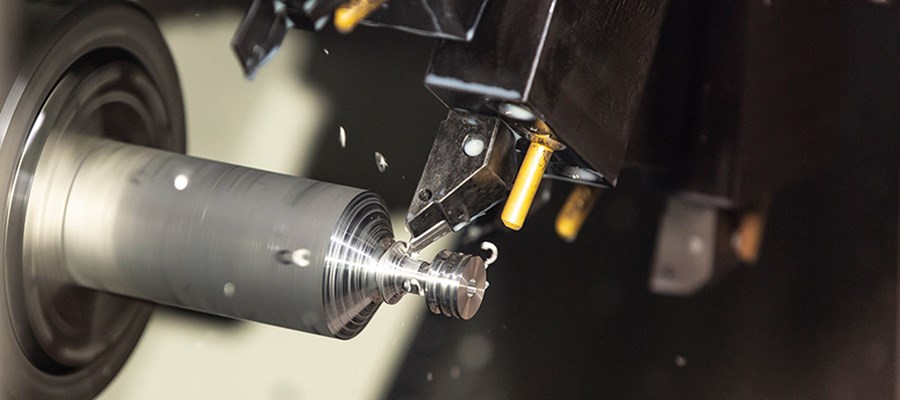
The first thing to talk about is the physical phenomenon of titanium alloy processing. Although the cutting force of titanium alloy is only slightly higher than that of steel with the same hardness, the physical phenomenon of processing titanium alloy is much more complicated than that of processing steel, which makes the difficulty of processing titanium alloy soaring.
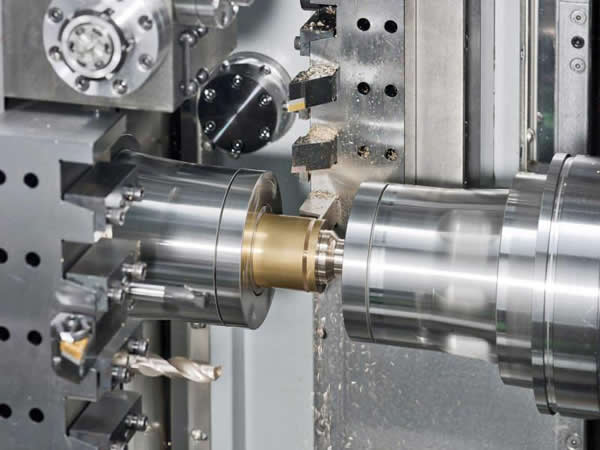
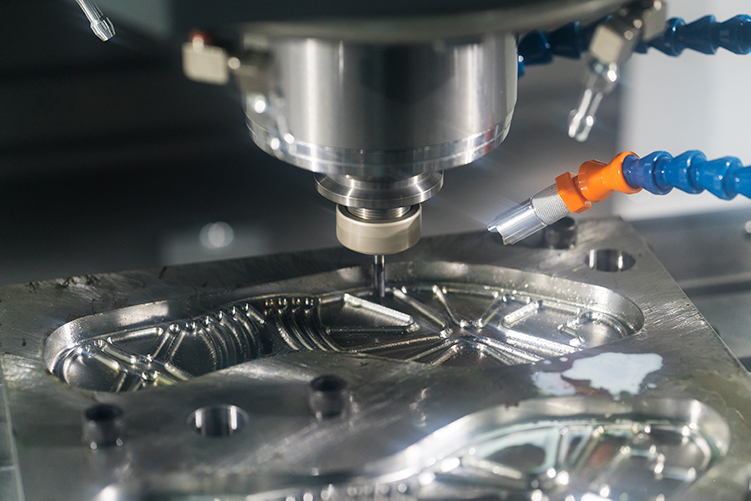
The thermal conductivity of most titanium alloys is very low, only 1/7 of steel and 1/16 of aluminum. Therefore, the heat generated in the process of cutting titanium alloys will not be quickly transferred to the workpiece or taken away by the chips, but will accumulate in the cutting area, and the temperature generated can be as high as 1 000 °C or more, which will cause the cutting edge of the tool to rapidly wear, chip and crack. The formation of built-up edge, the rapid appearance of a worn edge, in turn generates more heat in the cutting area, further shortening the life of the tool.
The high temperature generated during the cutting process also destroys the surface integrity of the titanium alloy parts, resulting in a decrease in the geometric accuracy of the parts and a work hardening phenomenon that seriously reduces their fatigue strength.
The elasticity of titanium alloys may be beneficial to the performance of parts, but during the cutting process, the elastic deformation of the workpiece is an important cause of vibration. The cutting pressure causes the "elastic" workpiece to move away from the tool and bounce so that the friction between the tool and the workpiece is greater than the cutting action. The friction process also generates heat, aggravating the problem of poor thermal conductivity of titanium alloys.
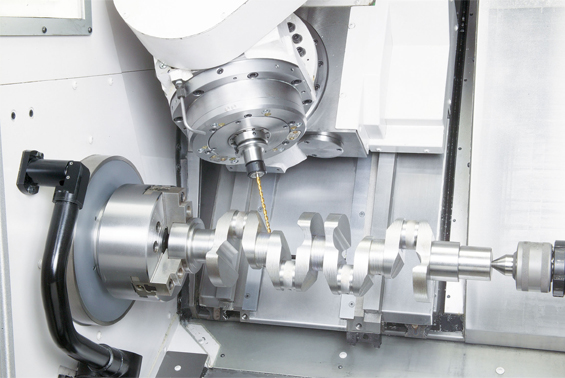
This problem is even more serious when processing thin-walled or ring-shaped parts that are easily deformed. It is not an easy task to process titanium alloy thin-walled parts to the expected dimensional accuracy. Because when the workpiece material is pushed away by the tool, the local deformation of the thin wall has exceeded the elastic range and plastic deformation occurs, and the material strength and hardness of the cutting point increase significantly. At this point, machining at the previously determined cutting speed becomes too high, further resulting in sharp tool wear. It can be said that "heat" is the "root cause" that makes it difficult to process titanium alloys.
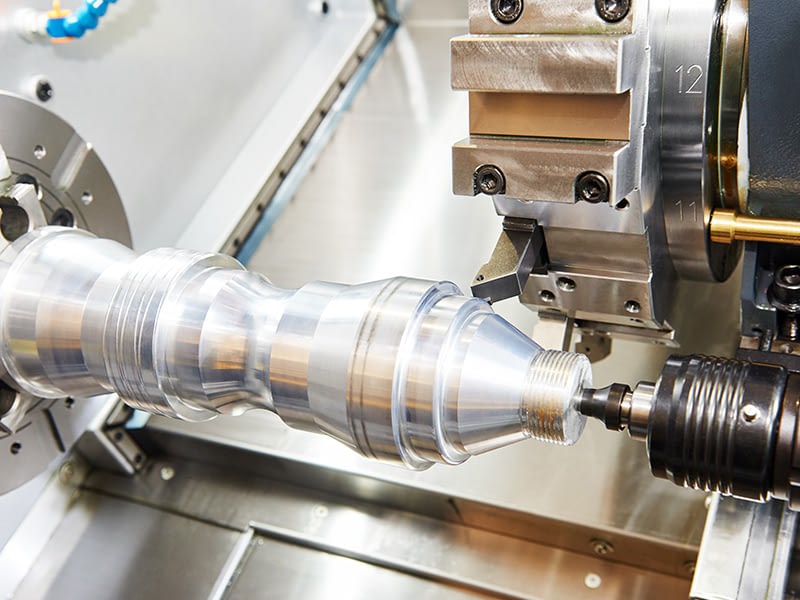
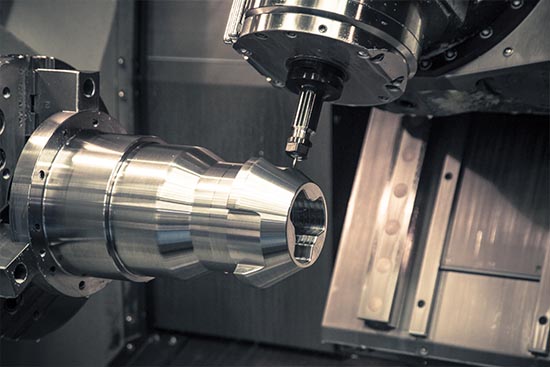
As a leader in the cutting tool industry, Sandvik Coromant has carefully compiled a process know-how for processing titanium alloys and shared with the entire industry. Sandvik Coromant said that on the basis of understanding the processing mechanism of titanium alloys and adding past experience, the main process know-how for processing titanium alloys is as follows:
(1) Inserts with positive geometry are used to reduce cutting force, cutting heat and workpiece deformation.
(2) Keep a constant feed to avoid hardening of the workpiece, the tool should always be in the feed state during the cutting process, and the radial cutting amount ae should be 30% of the radius during milling.
(3) High-pressure and large-flow cutting fluid is used to ensure the thermal stability of the machining process and prevent workpiece surface degeneration and tool damage due to excessive temperature.
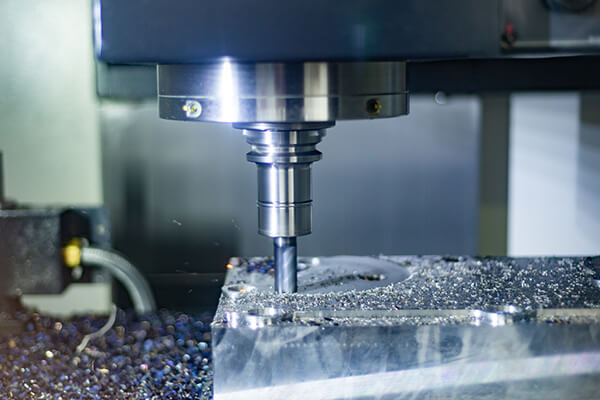
(4) Keep the blade edge sharp, blunt tools are the cause of heat build-up and wear, which can easily lead to tool failure.
(5) Machining in the softest state of the titanium alloy as much as possible, because the material becomes more difficult to machine after hardening, and the heat treatment increases the strength of the material and increases the wear of the insert.
(6) Use a large nose radius or chamfer to cut in, and put as many cutting edges as possible into the cutting. This reduces cutting force and heat at every point and prevents local breakage. When milling titanium alloys, among the cutting parameters, the cutting speed has the greatest influence on the tool life vc, followed by the radial cutting amount (milling depth) ae.
Post time: Apr-06-2022
